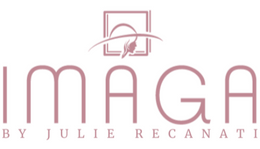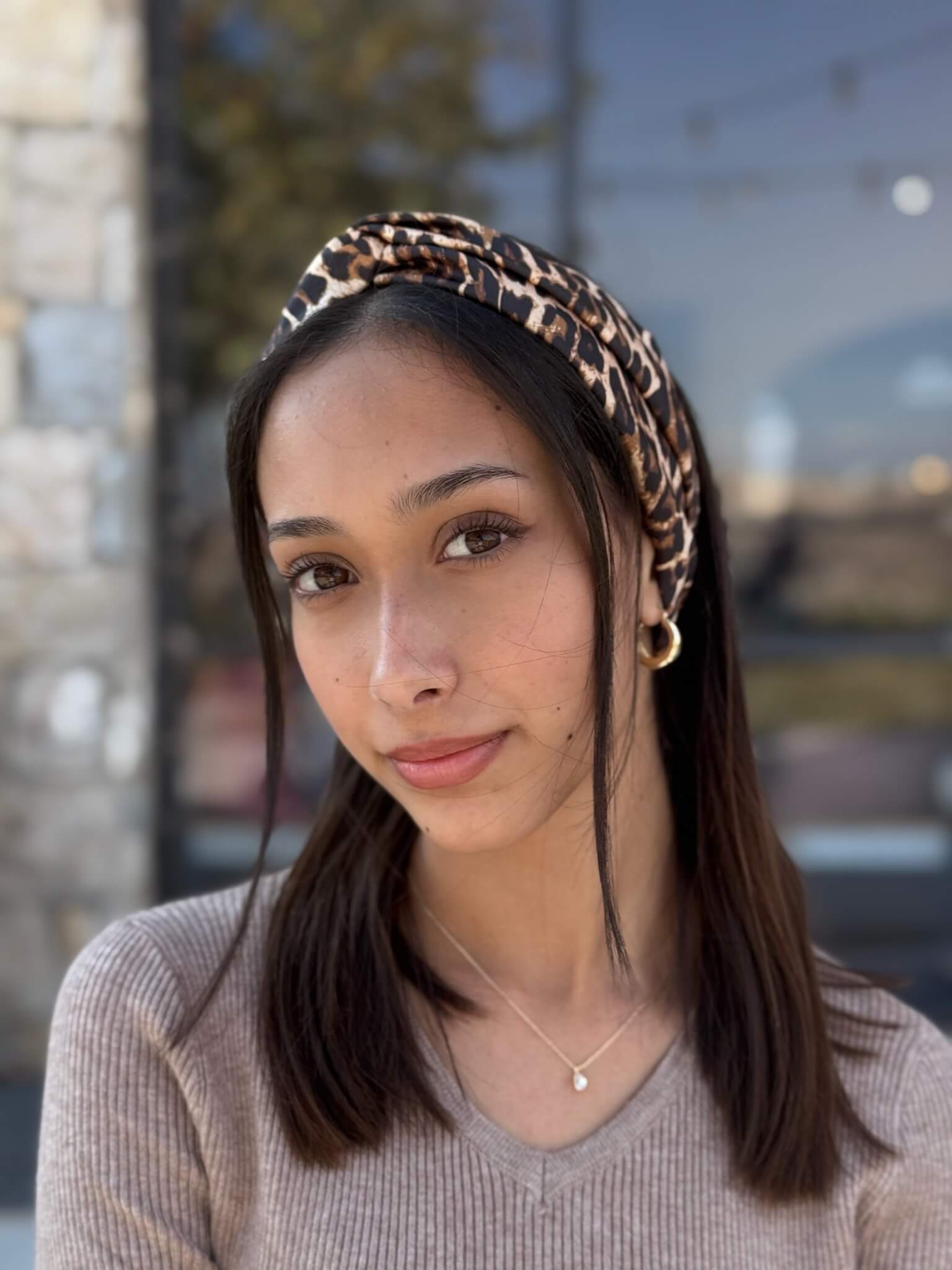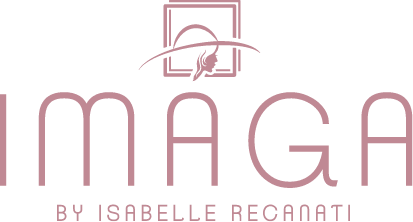The headscarf, a captivating piece of fabric adorned around the head and neck, transcends mere fashion. It holds deep cultural and religious significance for numerous communities worldwide, symbolizing identity, faith, and personal expression. While the traditional image of headscarves often involves long, flowing hair, this versatile accessory can be beautifully incorporated into various styles, including those with short hair.
This comprehensive guide explores the world of headscarves for those with short hair, offering inspiration, practical tips, and styling techniques. We emphasize approaching this realm with respect and appreciation, acknowledging the cultural significance these coverings hold for specific communities. While appreciating the artistry and beauty of head coverings, it's crucial to navigate their use thoughtfully and ethically.
Before You Tie:
Before delving into specific styles, it's essential to remember that head coverings carry cultural and religious significance. Here are some key points to consider:
- Educate Yourself: Familiarize yourself with the diverse cultural and religious contexts in which head coverings are worn. Research the various styles, their names, and the specific communities associated with them.
- Be Mindful of Your Intent: Reflect on your motivations for wearing a headscarf. Is it for cultural appreciation, religious expression, or simply personal style? Approaching the practice with genuine respect is key.
- Choose Your Style Thoughtfully: Not all head coverings are universally appropriate for everyone to wear. If unsure about a specific style, it's best to be cautious and choose something aligned with your cultural background.
- Engage with Communities Respectfully: If you seek deeper understanding, consider engaging with individuals from relevant communities in a respectful and mindful manner. However, avoid relying solely on individuals as your sole source of information.
Essential Tools and Tips:
- Headscarves: Choose a scarf suitable for the desired style and comfort. Popular materials include cotton, silk, and polyester. Consider the size, thickness, and drape of the fabric. Opt for smaller scarves for intricate styles and larger scarves for fuller coverage.
- Hair Accessories (Optional): Bobby pins, hair clips, or headbands can help secure your headscarf, especially for more intricate styles. Short hair might require additional securing techniques compared to longer hair.
- Mirror: A mirror allows you to visualize your tying process and ensure the scarf is positioned correctly.
Popular Headscarf Styles for Short Hair:
While numerous styles exist, here are some widely recognized options that adapt well to short hair:
1. The Classic Headband:
This simple and versatile style is perfect for everyday wear and effortlessly complements short hair.
- Fold the scarf lengthwise into a thin band.
- Place the band around your head, above or behind your hairline.
- Tie a knot at the nape of your neck or the side of your head. You can experiment with different knot placements for variations.
- Tuck the ends of the scarf under the headband or leave them loose for a relaxed look.
2. The Turban Wrap:
This elegant style can be adapted for short hair by adjusting the volume and wrapping technique.
- Fold the scarf into a triangle.
- Drape the folded edge across your forehead, covering most of your head.
- Bring the ends of the scarf together at the nape of your neck.
- Twist the ends together once or twice, depending on the desired volume.
- Tuck the twisted ends securely under the folds of the scarf at the back of your head, using bobby pins for extra security if needed.
3. The Bandana Wrap:
This casual and sporty look is ideal for short hair and offers various modifications.
- Fold the scarf into a triangle.
- Place the folded edge across your forehead.
- Bring the ends together under your chin and tie a knot. Experiment with different knot placements, like on the side of your head or at the back of your neck.
- Tuck the ends of the scarf under the knot or leave them loose for a more relaxed feel.
4. The Bun Wrap:
This playful and stylish option incorporates your hair into the wrap, adding another layer of texture and visual interest.
- Create a low bun at the nape of your neck, securing it with bobby pins.
- Fold the scarf into a triangle or a long rectangle.
- Drape the fabric over your head, covering the bun and most of your head.
- Bring the ends of the scarf together under the bun and tie a knot.
- Tuck the ends securely under the bun or the folds of the scarf, using bobby pins for added security if desired.
These are just a few foundational styles to get you started. Each style can be further personalized with different folds, tucks, and embellishments. Remember, specific styles may have cultural or religious significance, and it's always respectful to research and understand the context before attempting to recreate them.
Advanced Techniques for Short Hair:
While short hair offers less volume to work with, these techniques can add dimension and create unique looks:
- French Plisse: This technique utilizes pleats to create a structured and elegant look. Start with a larger scarf and focus on intricate pleating at the crown of the head, securing it with bobby pins.
- Draped Turban: Employ a looser drape for a relaxed and artistic approach. Instead of tightly twisting the ends, gently wrap them around the head and tuck them under folds for a whimsical touch.
- Headband with Puff: Create a slight volume at the crown by teasing your hair slightly before securing the headband. This technique adds a playful dimension to the classic style.
Finding Inspiration and Resources:
The world of headscarf styles is constantly evolving and gaining popularity in the fashion world. To find inspiration and explore diverse techniques, consider these resources:
- Social Media Platforms: Platforms like Instagram and Pinterest offer a wealth of visual content showcasing short hair styles with headscarves. Follow relevant hashtags and explore accounts dedicated to headscarf fashion.
- Fashion Blogs and Websites: Many fashion blogs and websites feature tutorials and guides specifically tailored to wearing headscarves with short hair. Look for articles geared towards your specific hair type and desired style.
- Cultural Celebrations: During cultural celebrations where head coverings are traditionally worn, observe the styles and techniques used with respect and appreciation. Take note of adaptations made for shorter hair and the overall cultural context.
Conclusion:
Embracing the world of headscarves offers an opportunity to express personal style, appreciate diverse cultures, and experience the versatility and beauty of this unique accessory. Remember, respect and cultural awareness are paramount when approaching head coverings. By educating yourself, engaging thoughtfully, and choosing styles with mindful consideration, you can create unique and authentic expressions while appreciating the rich heritage embedded in these practices.
Additional Considerations:
- This guide is not an exhaustive account of all head coverings and tying techniques. Each culture and community may have unique customs and traditions regarding headwear.
- It's important to remember that not everyone from a specific cultural background wears a headscarf. Generalizing or assuming everyone within a group wears a head covering can be insensitive and inaccurate.
- While this article highlights the importance of respecting cultural traditions, individual situations may require further nuanced understanding and respectful communication.
Remember: By approaching the world of headscarves with respect and appreciation, we can foster a culture of understanding and inclusivity, allowing everyone to express themselves authentically and celebrate the beauty of diverse cultural expressions.


